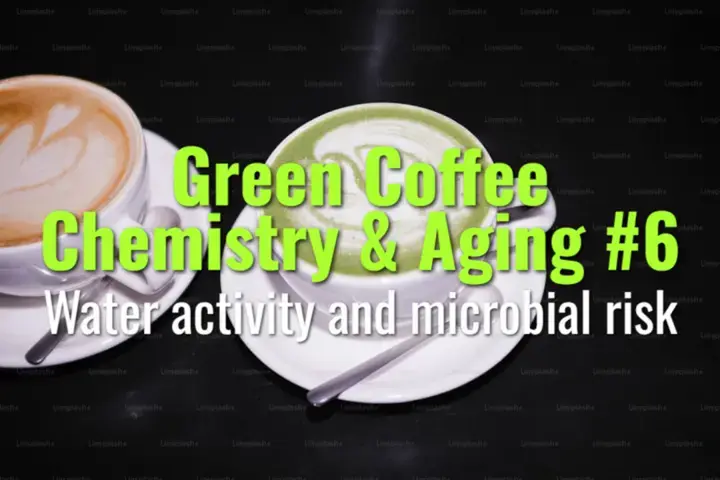
Water activity and microbial risk
This topic explains the role of water activity (a-w) in green coffee, how it influences microbial growth, and why controlling it is essential for food safety and quality preservation.

This topic explains the role of water activity (a-w) in green coffee, how it influences microbial growth, and why controlling it is essential for food safety and quality preservation.

This topic explains how oxidation and staling occur in green coffee, the chemical pathways involved, and their impact on flavor, quality, and shelf life.
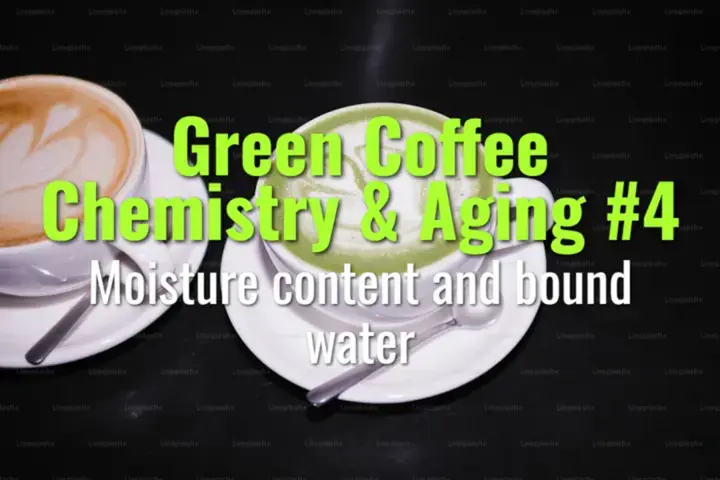
This topic explains the role of moisture content and bound water in green coffee, how they affect stability and flavor, and why monitoring them is critical for quality preservation.
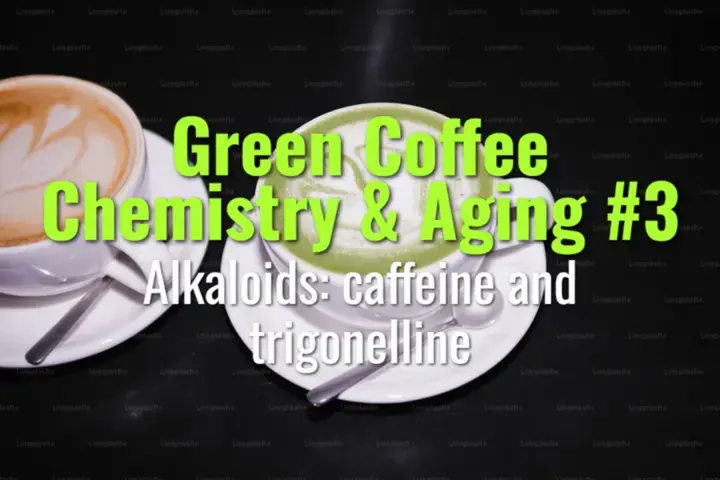
This topic explains the main alkaloids in green coffee—caffeine and trigonelline—their roles in plant defense, human perception, and how they transform during roasting.
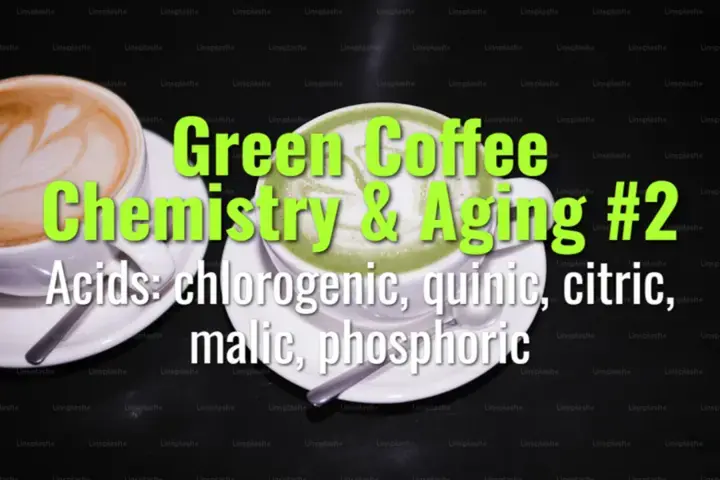
This topic explains the major acids present in green coffee, their roles in flavor and stability, and how they transform during roasting and storage.
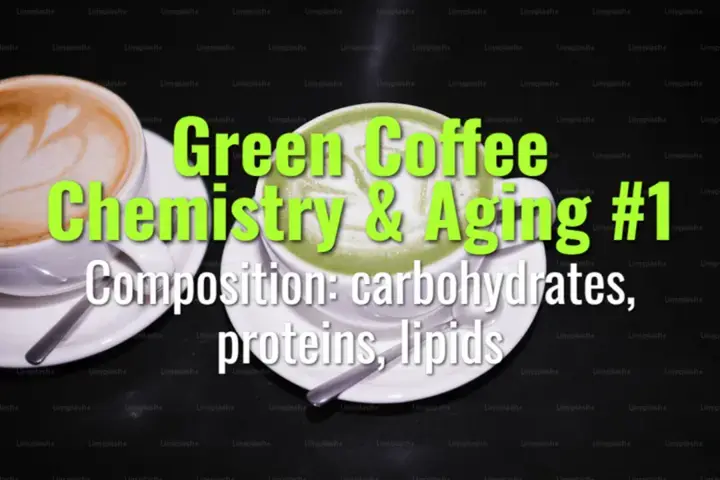
This topic explains the major chemical components of green coffee—carbohydrates, proteins, and lipids—their roles in green coffee stability, and their transformation during roasting.